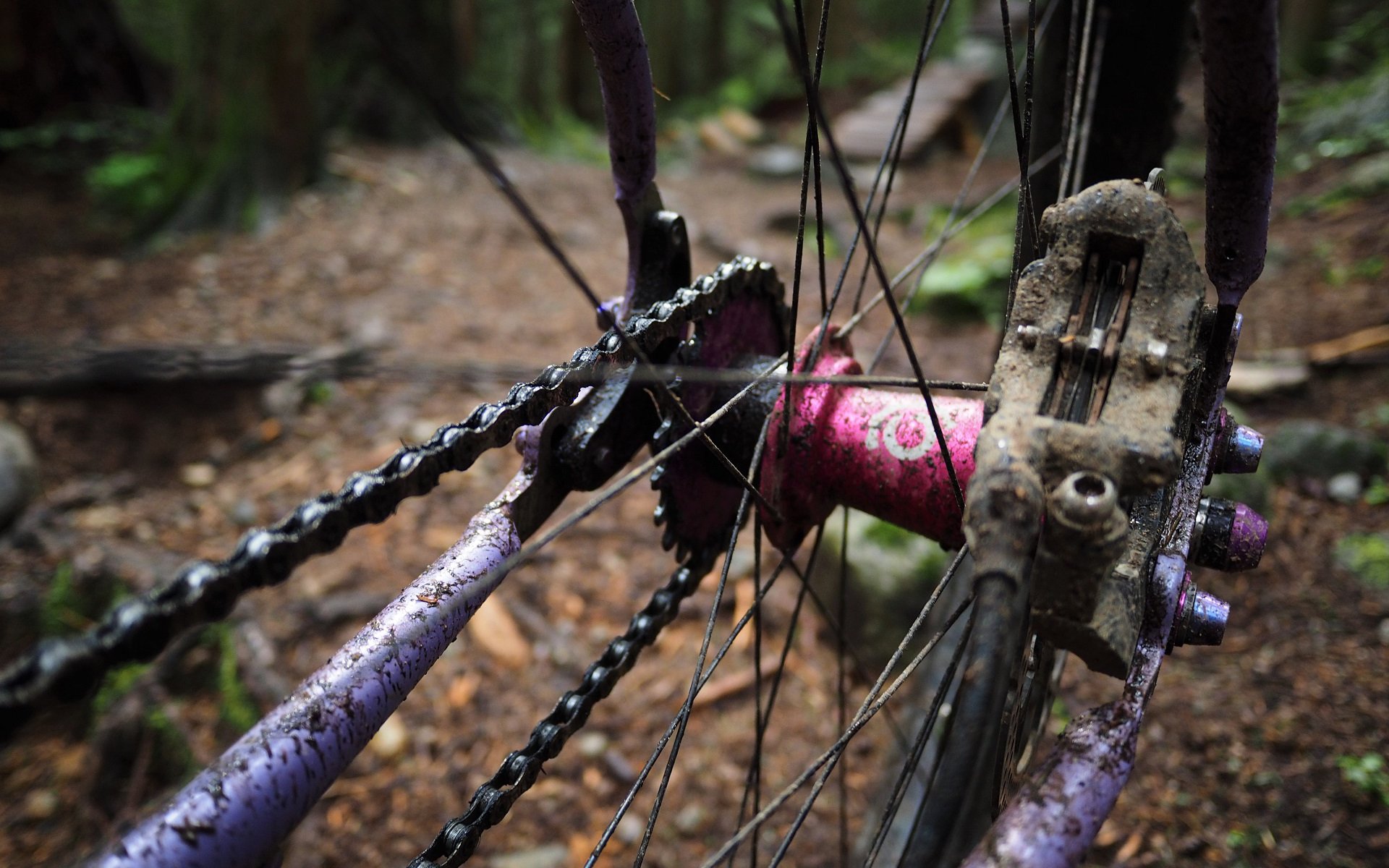
REVIEW
The Exactingly Simple Industry Nine Hydra Hubset
Simple. Excellent.
Industry Nine's product concept is quite simple. They focus on razor-sharp tolerances through their hub systems and in turn their customers get lightweight and simple seeming products that meet high performance expectations and last ages with basic routine maintenance a five-year-old can do.
The Hydra hub is their flagship product. The rear hub delivers near instant (0.52°) engagement out of a system that looks a heck of a lot like most high-end pawl & driver hubs. Maybe you have to be a giant bike nerd to appreciate it, but this kind of engagement is otherwise the sole realm of significantly heavier and much more complex clutch hub systems, where the Hydra can be fully torn down for a clean and lube without a single tool. The hubs have no independent bearing adjustment and, whether you're in the camp that thinks that is a feature or a deficiency, there's only one other hubset I've ridden that's as ridiculously smooth and drag-free right out of the box.
I covered the hub guts extensively in my First Look & Teardown with the always affable Jeff Bryson and I'd highly recommend checking that out first before continuing.
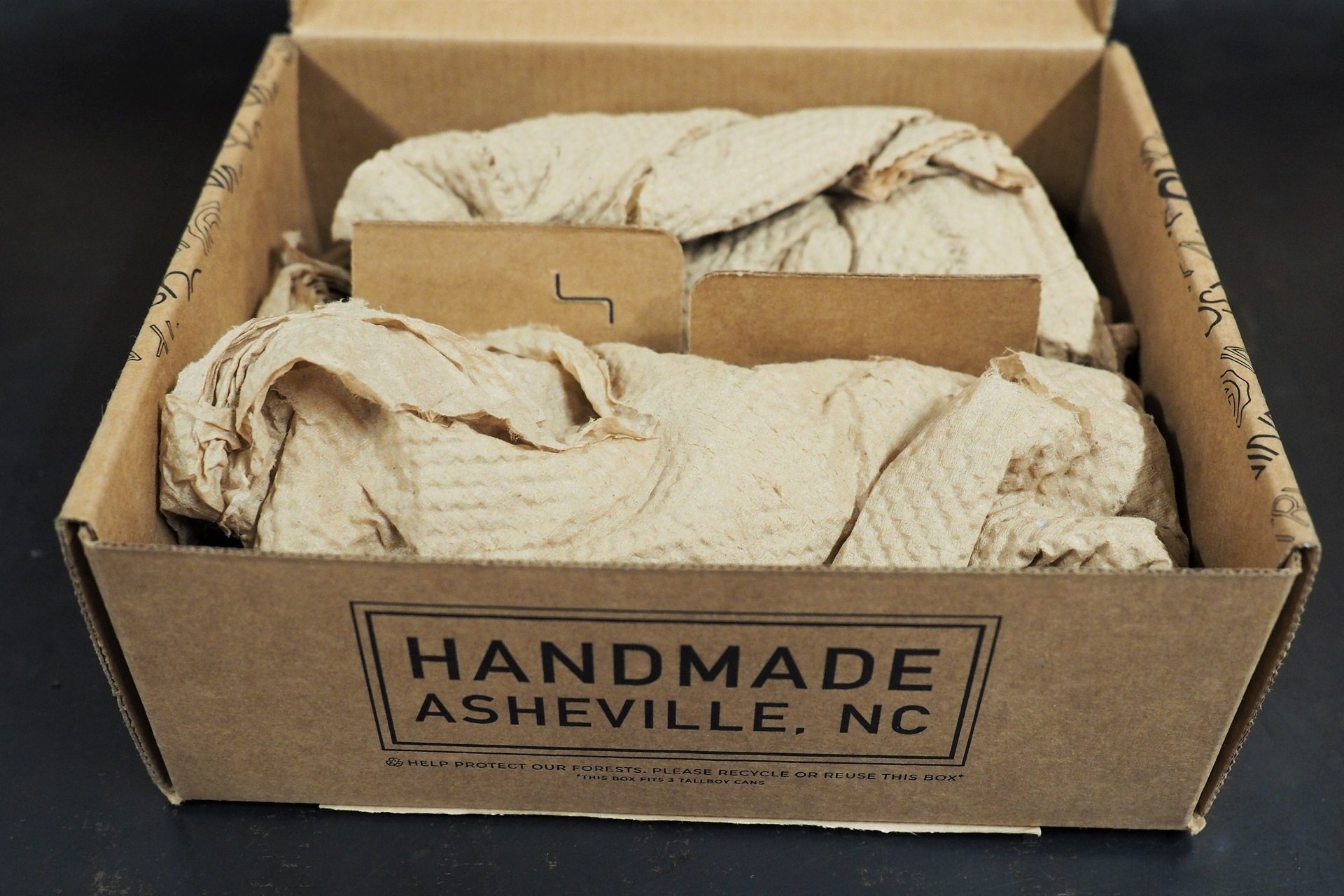
Recycled from my first look piece: Industry Nine has reduced its foam use by 90% by using recycled paper to package its hubs. I can think of a lot of companies in the bike industry who need a Morgan in shipping.
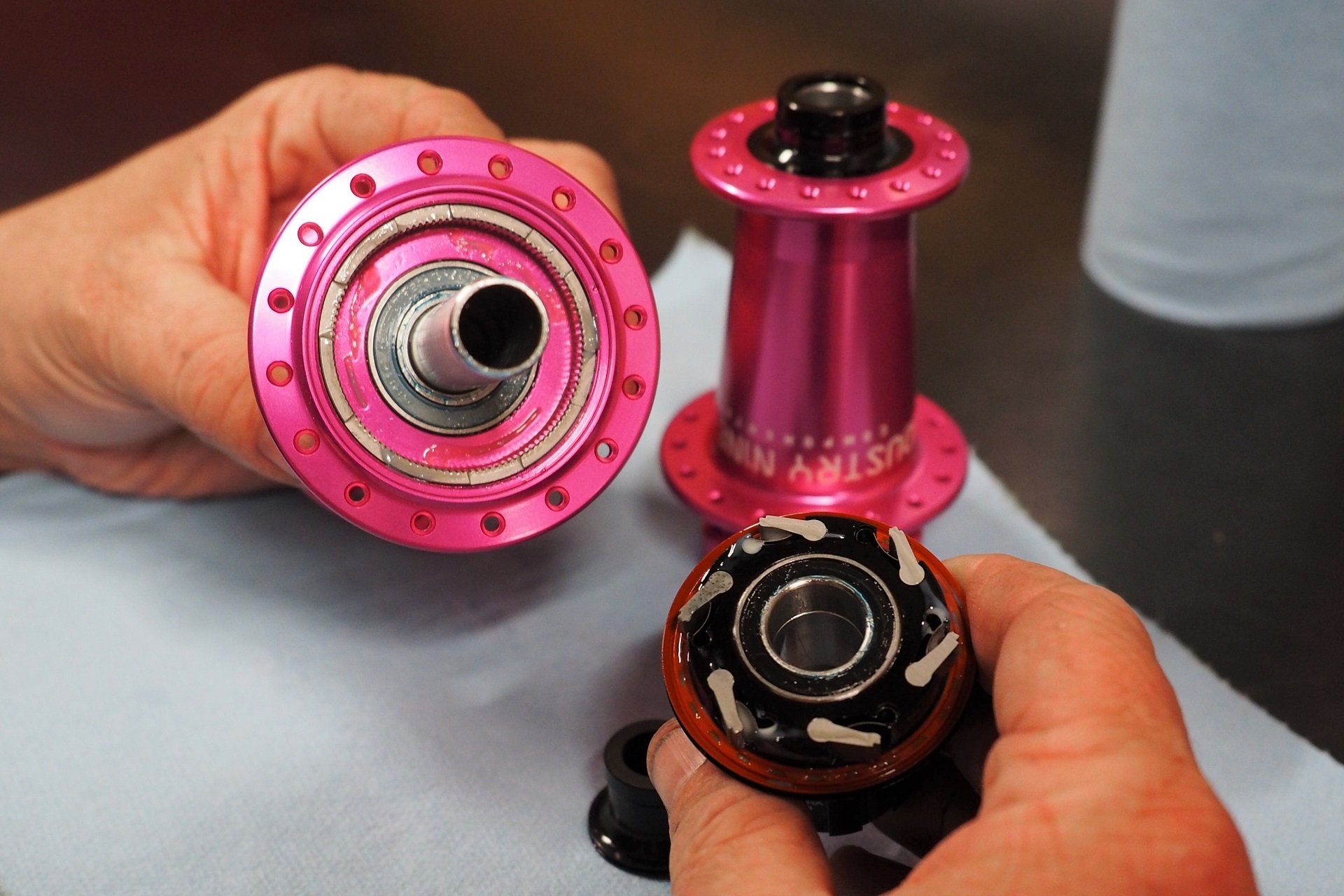
Six leaf-spring-loaded pawls meet the 115-tooth steel driver for 690 points of engagement. The harder I load the system the more pawls are engaged with the driver.
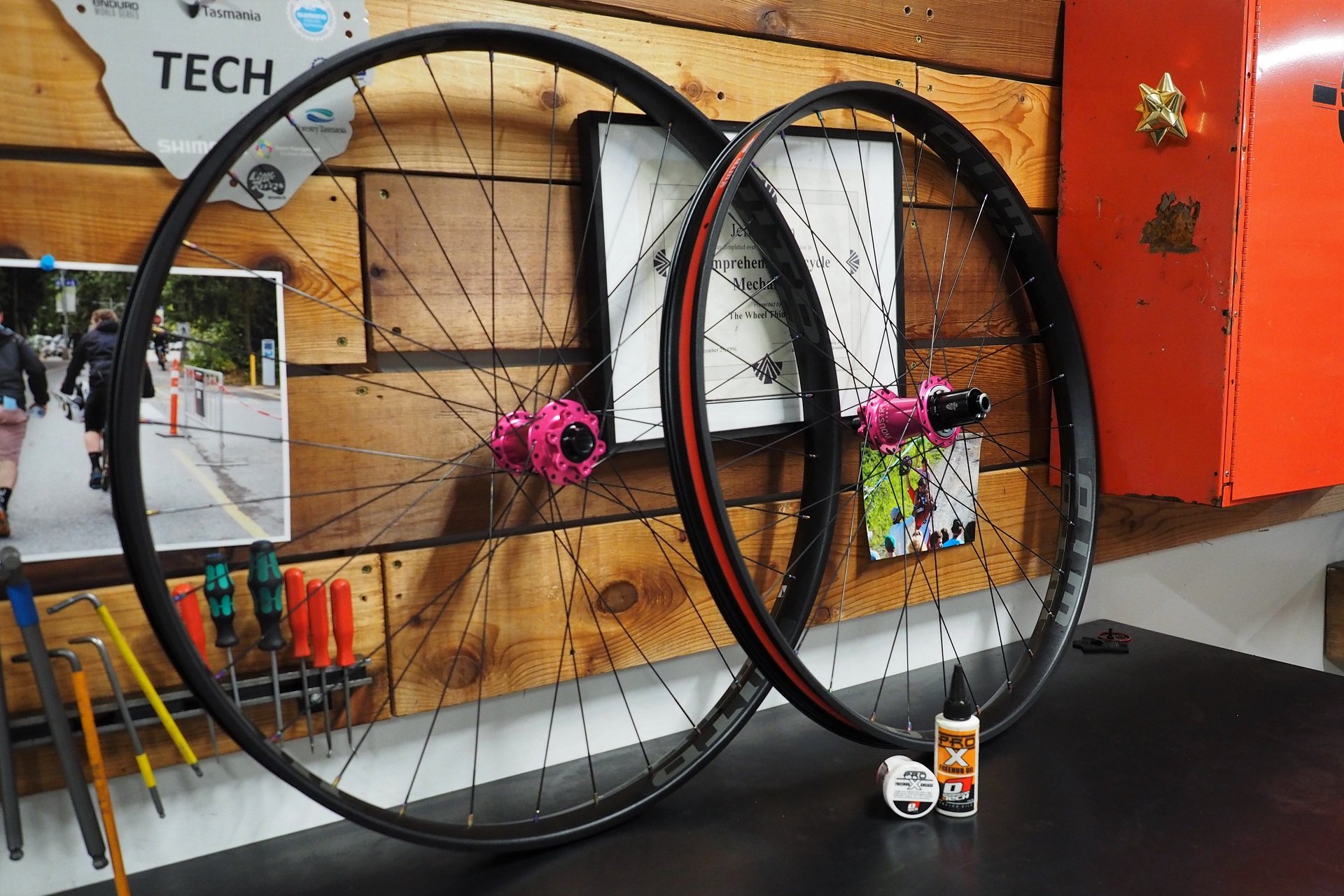
Wheels built by my friend Dumpster Bear on WTB KOM rims with Sapim spokes and TLC brass nipples. They're feeling a bit trashed but nothing a quick hub service and re-tension won't fix.
Many brands, including We Are One and Crankbrothers, are now using the Hydra as their go-to hubset, often complemented by the brand's lower end 101 hub option as a more budget-focused choice. I think the Hydra makes perfect sense as high-end original equipment. The hubset is plug and play with no additional bearing adjustment and spins as drag-free as anything on the market right out of the box. It is definitely the first impression that I would want for my deluxe carbon wheelset. The Boost rear hub weighs about 290 grams, depending on the driver option, so a rider has to be prettyTUNEd* in to not think that's lite.
*Yes, it's a weight weenie joke.
I'm pedaling around on almost 1600 grams of rubber per wheel so weight is certainly not my primary concern. I love how simple it is to open the Hydra up for a clean-and-lube but plenty of other hubs are tool-free in this regard or require an extra minute with a hex key, which is not a big time commitment. What's most interesting about Hydra is the drive system.
Most 6-pawl hubs are offset so that 3 pawls engage at any time. For example, the Race Face Vault delivers 3° of engagement from a 6-pawl system. Project 321 took it a step further offering both 6x3 engagement and 6x2 engagement. With the 6x2 pawl setup, they can deliver 1.7° but it does mean that only 2 pawls are engaged at a time. Hydra drops that to 0.52° or 690 points of engagement.
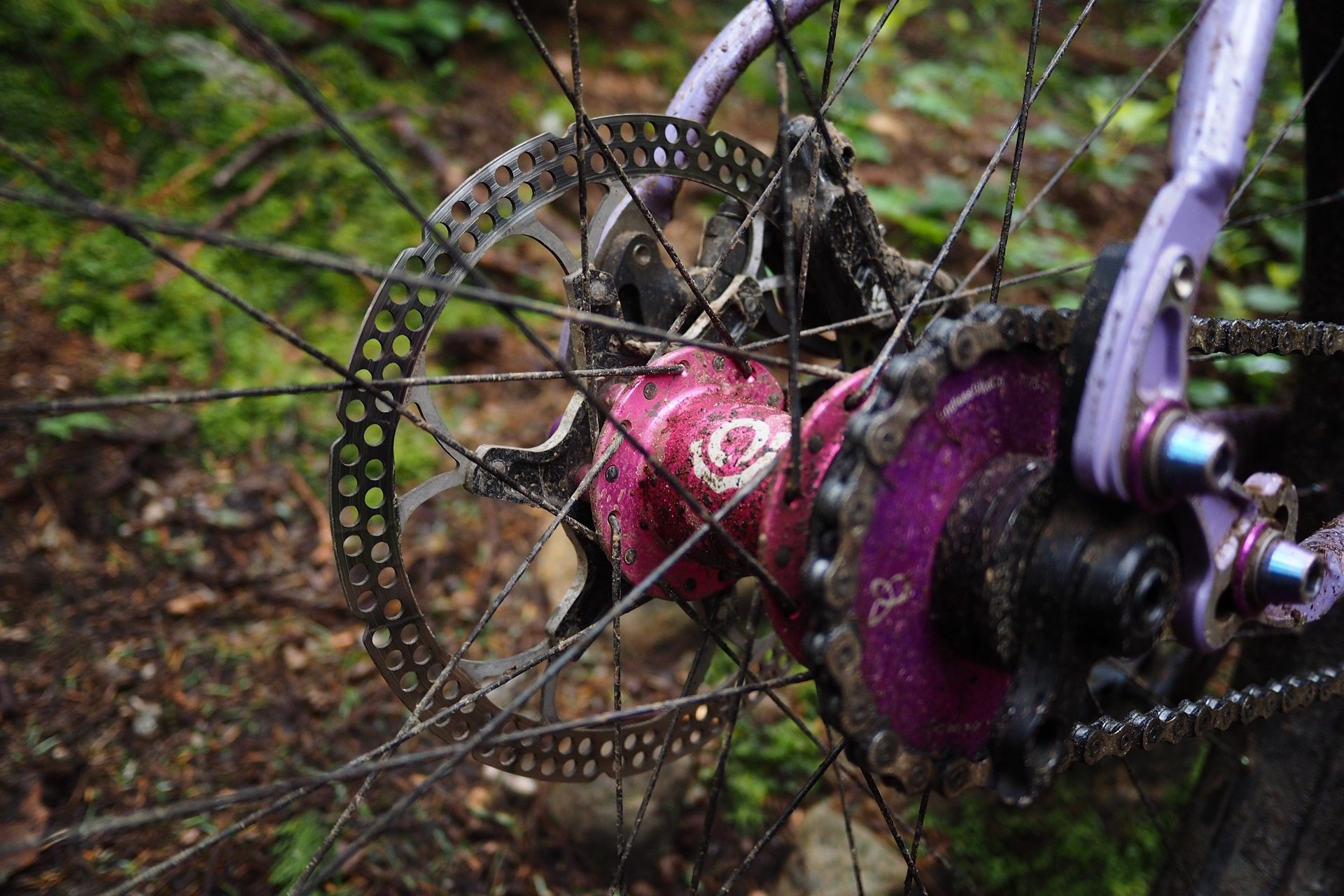
Any min-maxing build I'm doing for myself includes an awesome rear hub. Deore drivetrain, Trail Sport brakes, no dropper post - I'll give up a lot before my top-end high-engagement rear hub.
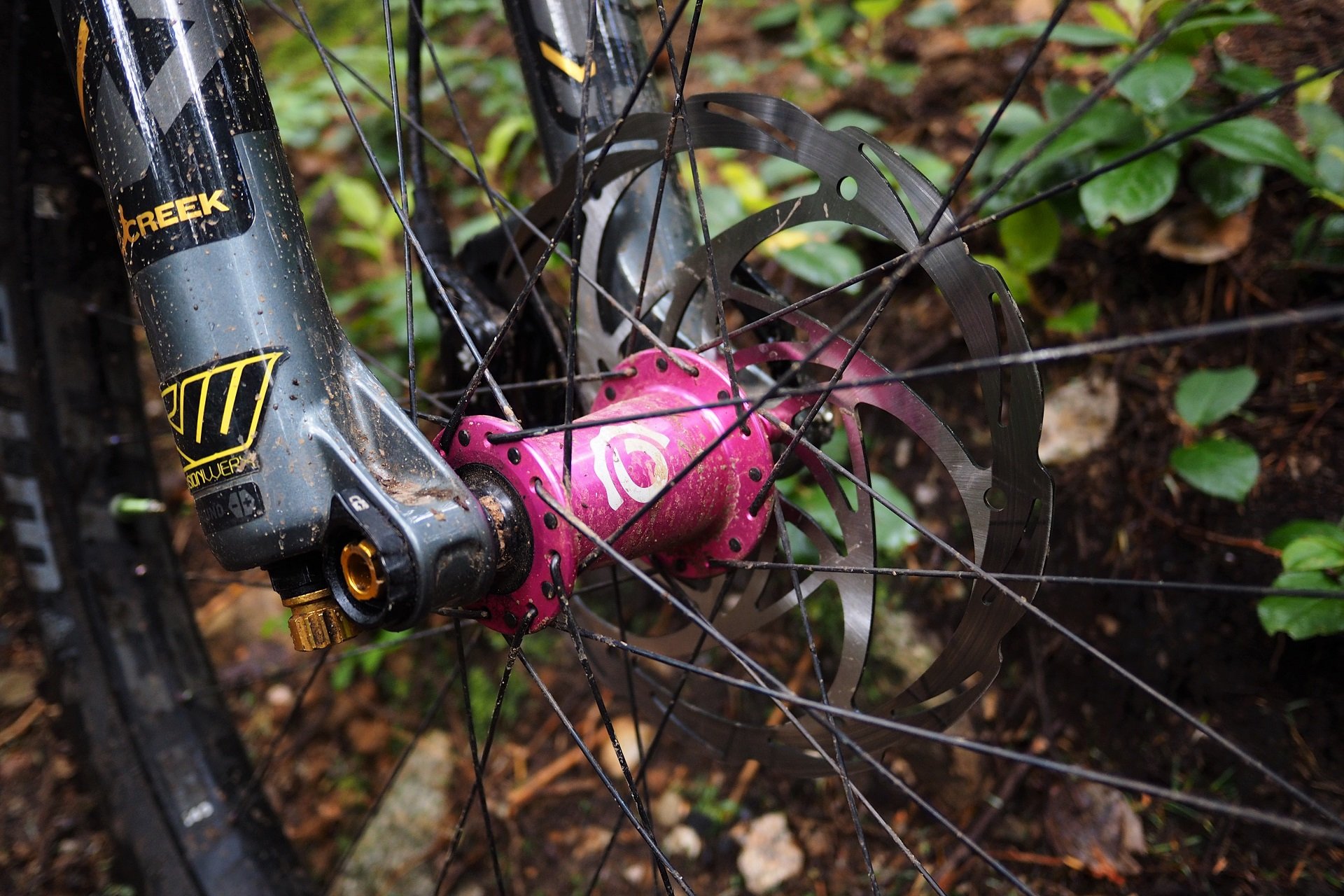
To some extent a front hub is a front hub or in other words, only as good as its bearings. The Hydra is beautifully made and perfectly matches the rear.
So how does Hydra deliver 0.52° engagement out of a 6-pawl system? Yep, I also did the initial face cringe when I heard it was by having one pawl engage at a time. But the thing is, the harder you push, the more the system loads up, the more pawls join their sibling in dispersing load. That one initial pawl acts as a fulcrum to engage up to three more. With experience breaking freehubs, pawls, and ratchets, and wearing out drive-rings, the idea of a hub that adapts to bigger inputs is interesting. The other hubs that I have had zero issues with while single-speeding like the True Precision Stealth and Chris King Ring Drive are significantly more complicated systems than the intuitive Hydra.
I should say that compared to a King hub, the Hydra will absolutely need more frequent service and certainly more frequent bearing replacement. It's a classic trade-off in mountain biking between the ease and frequency of service and also between sealing v. drag. The two similarly-priced Gucci hubsets are certainly at the polar extremes. Chris King requires a specific tool and the Hydra is essentially tool-free but for a common bearing press. Chris King hubs have a break-in period and the Hydra spins screaming fast out of the box. Chris King has a solid 5° engagement and Hydra is a lightning 0.5°.
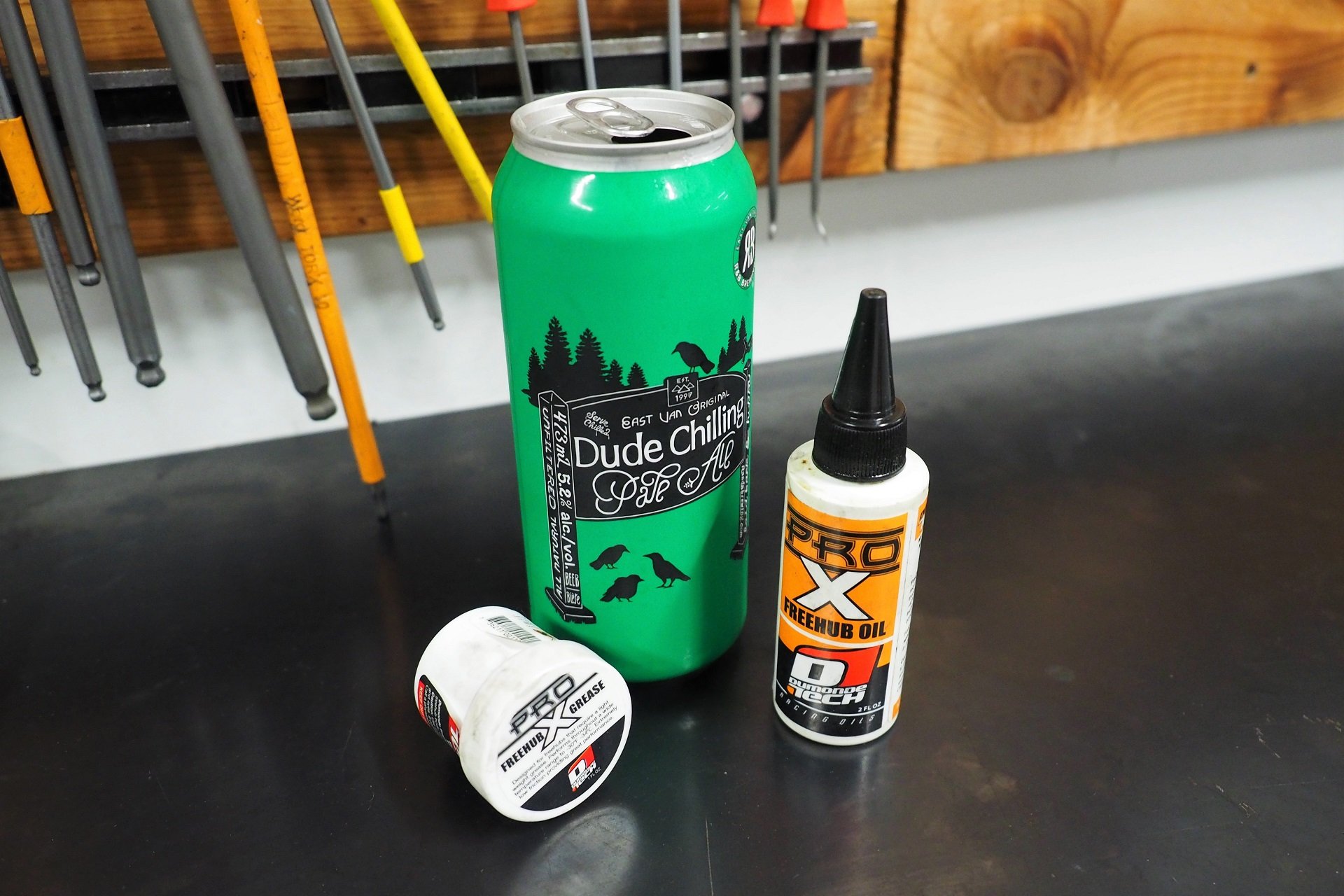
That's the good stuff. I just serviced the Hydra for the first time after the winter. It didn't feel awful but things are spinning much faster after a refresh.
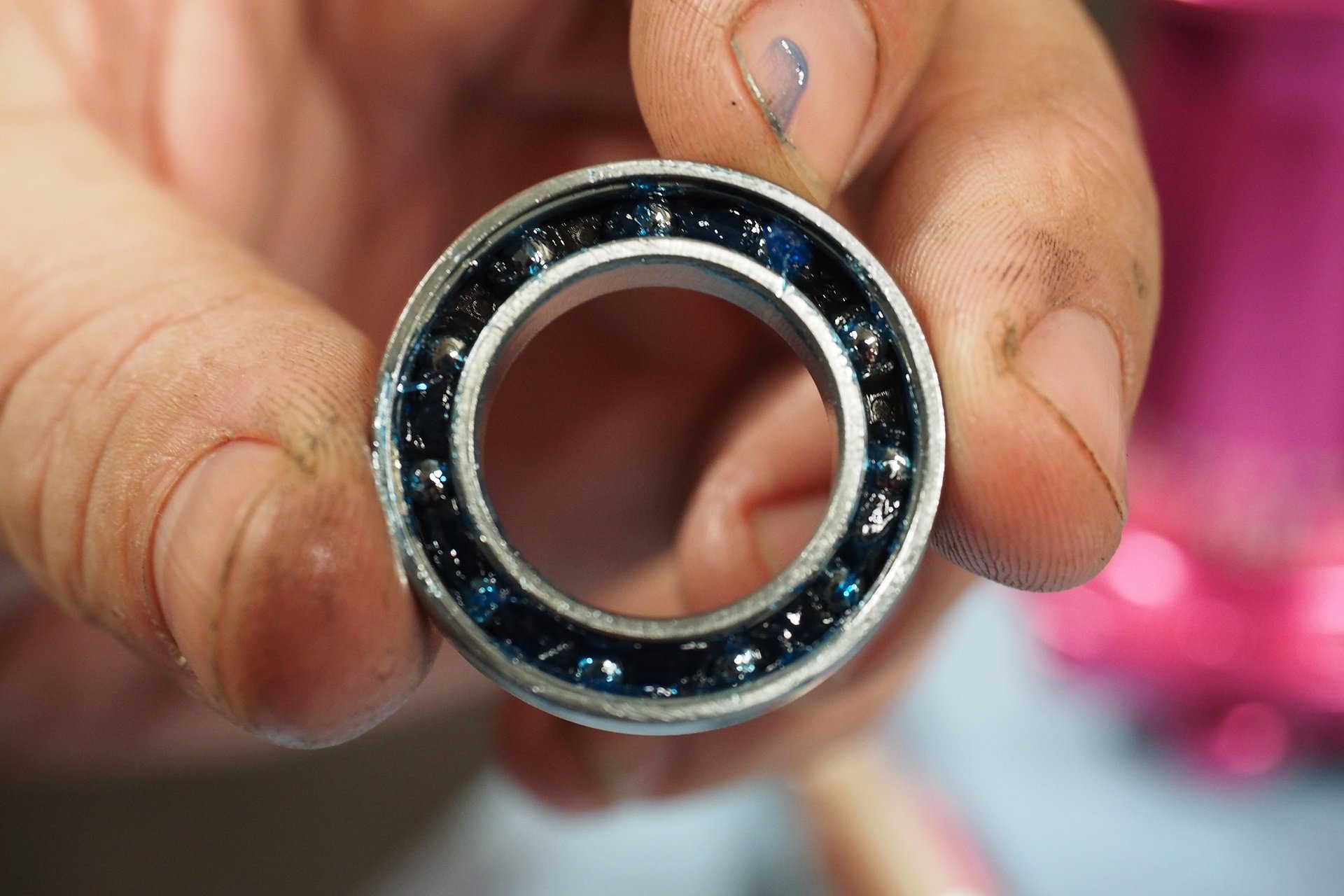
The Enduro ABEC-5 bearings were well packed with grease from the factory. I did pop the seals, flush, and repack them - in place - as part of the quick service.
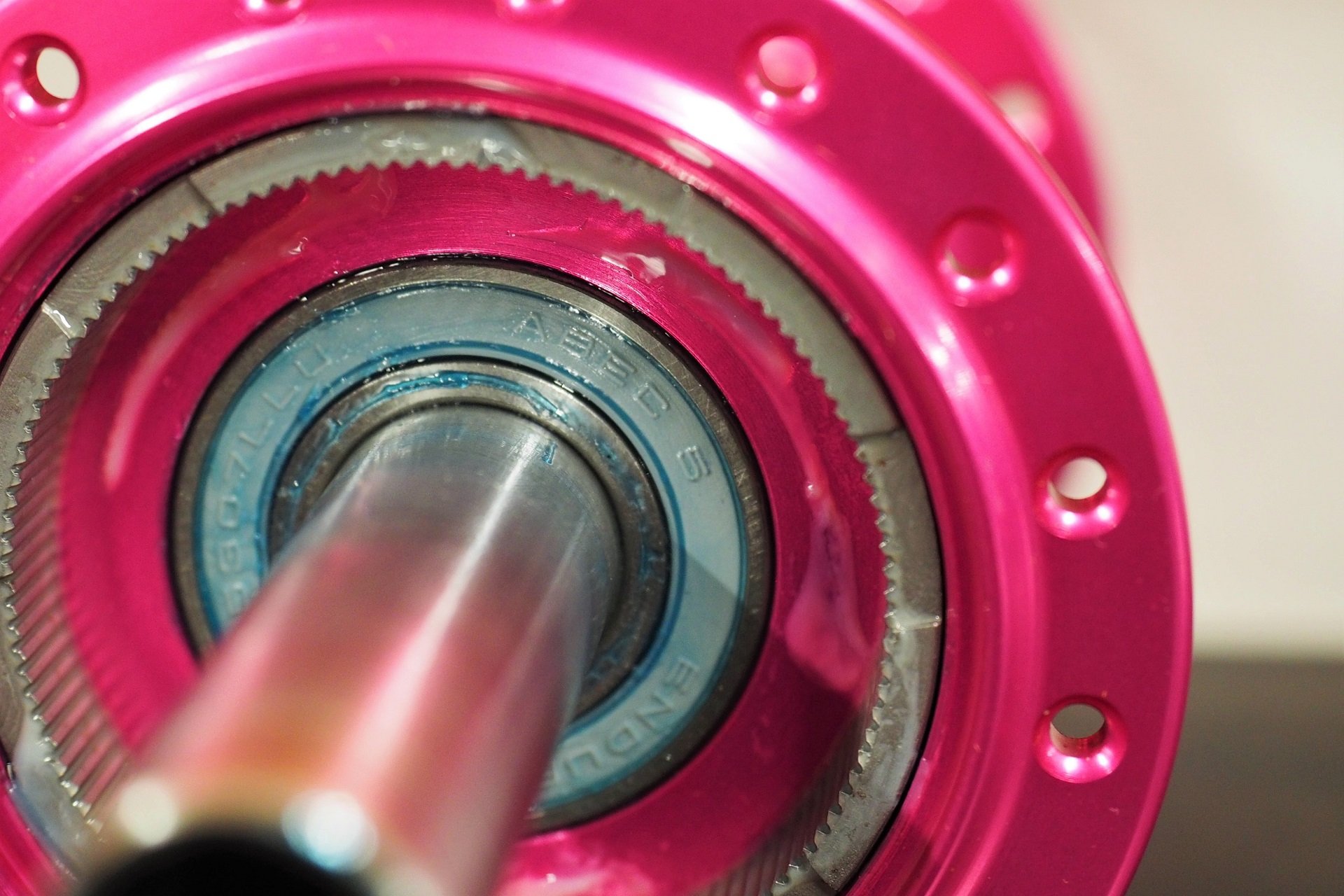
The drive side hub shell bearing is the only one that's close to suspect. I don't feel it owes me anything; I'm just noting it for accuracy's sake.
With a slurry of Dumonde Tech freehub grease and freehub oil, the Hydra is much quieter than the previous Industry Nine Torch hubs, which I also had a good experience with. It's hard to describe the sound they make other than to say it's a higher-pitched Chris King Angry Bees noise. I've ridden the hub with just the oil as well but adding the grease quieted things down nicely, has better longevity between services, and I don't perceive any additional drag.
Interestingly, the same bearing which will be the first to go on the Hydra is the one I have most often replaced on the Torch. Again, single-speeding. Frankly, this has been my experience with a lot of hubs and short of going to a needle bearing assembly in this location - like Chris King and also many BMX hubs - all I can think of is possibly doubling up the bearing in a Clydesdale version of the hub. When it comes time for bearings, these ABEC-5 Enduro bearings are good, but I'll source the replacements from EZO as I've had amazing results with them in my P321 hubs.
I don't have any specific beef with Enduro bearings but if you're paying a bike shop to swap your bearings in hubs or frames, and you look at the labour portion of that cost, doesn't it make sense to consider a higher quality bearing from INA, EZO, etc if that's going to cut down on how often then need to be replaced? Conversely, I have a number of friends who rely on bike shops for service work, and a straw poll returns that the only upgrade option they've been offered is ceramic. What's with that, bike shops?
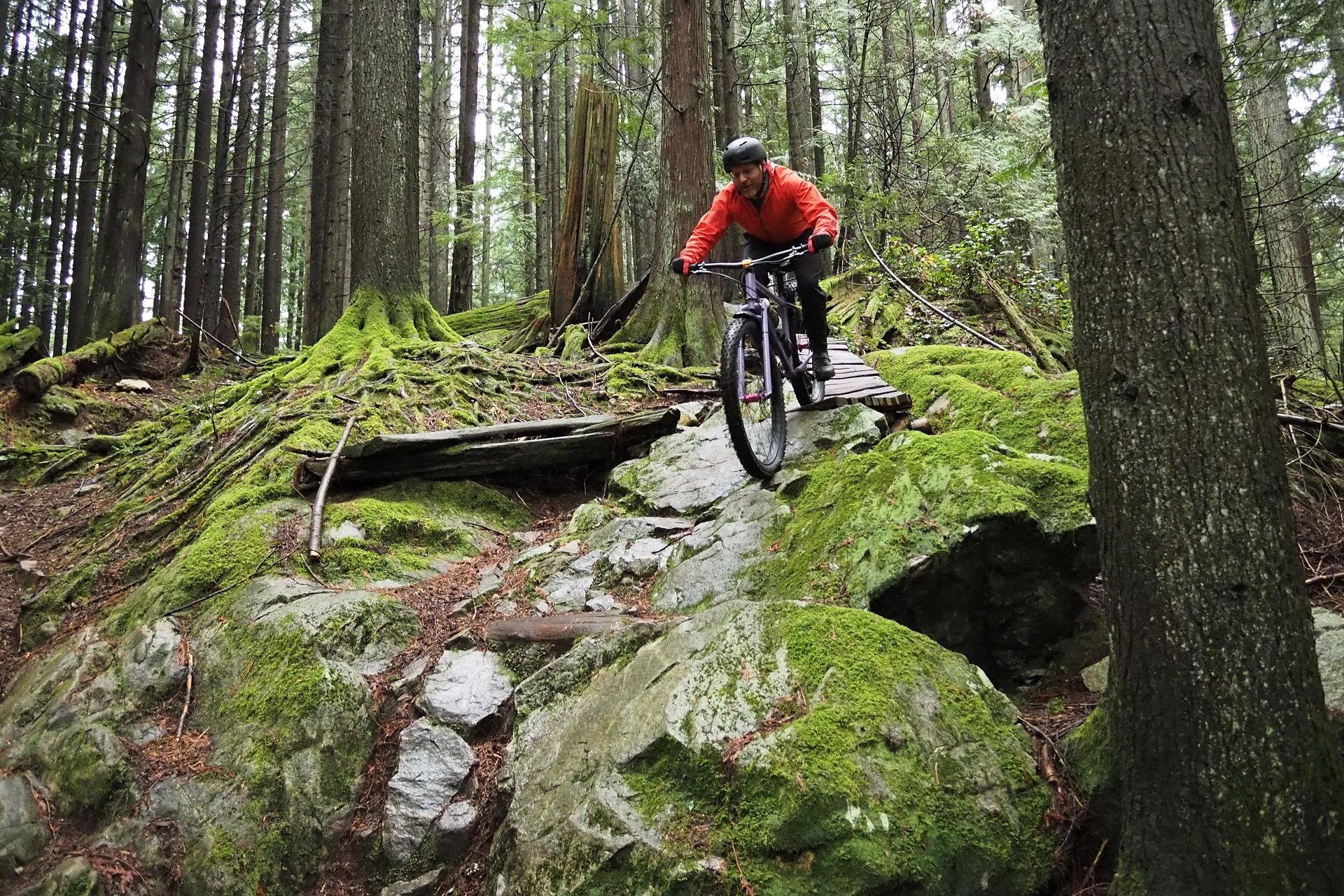
Other than the initial teardown, I've serviced the hub just recently after plenty of wet days. It's a quick and easy job to do and I would tackle it more frequently but for this being a review.
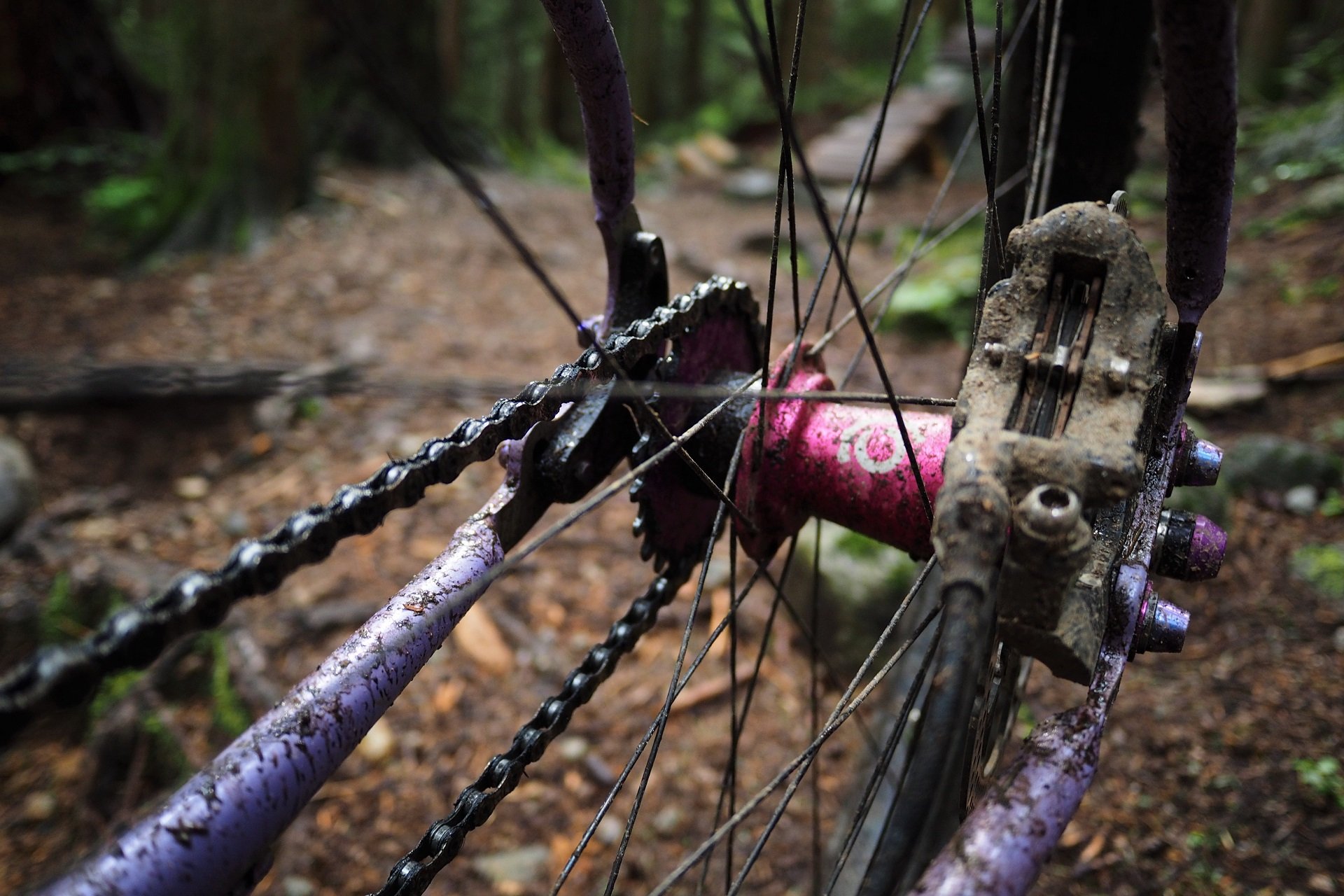
The solo large hub shell bearing on the drive side was just okay after a recent re-grease but will need a replacement after the summer. Single speeding ruins everything.
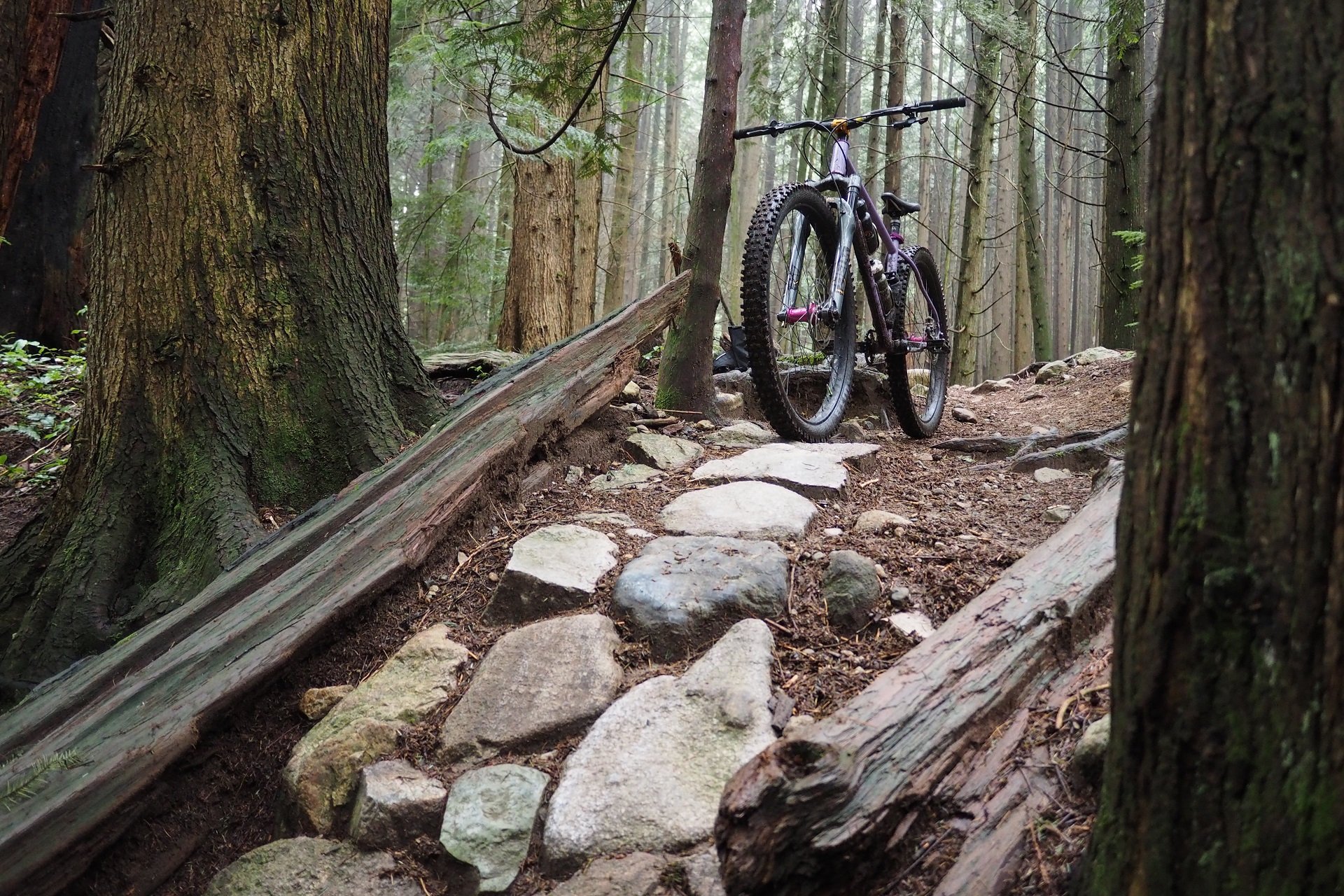
The quick engagement and low drag out of the box are refreshing and Hydra is ready for many years of use with some quick and easy servicing.
Whether it's We Are One's wheels with Industry Nine Hydra hubs, Industry Nine complete wheels with their own rims made by We Are One, or any of a number of other boutique wheel options, I imagine most folks purchasing the Hydra hub will be getting them laced into a wheel system. Whether it's an option or the only option, I think between the tuneable volume, lightning engagement, quality construction, ease of service, and low drag you can be very confident in the purchase.
The aftermarket hub space is filled with very solid options including a myriad of options I haven't mentioned here, from low-engagement DT Swiss to the instantaneous motion of Onyx, who've beautifully co-opted DT's drivers. Maximizing weight, engagement, price, drag, longevity, sound, appearance, ease of service, and any number of other factors, I can argue solidly for a number of options. Hydra is certainly on that list.
Hydra is available with a classic HG driver, and, of course, SRAM XD and Shimano MircoSpline as well for you 10t cog lovers, in 11 different colours and either 28h or 32h drilling. The rear hubs start at 435 USD and the fronts at 215 USD. There's a bunch more information at Industry Nine.
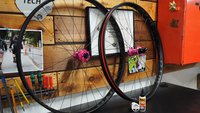
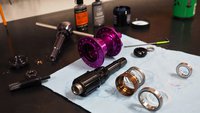
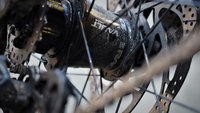
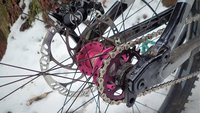







Comments
TucsonMike
3 years, 10 months ago
Upgrading to an I9 101 from a DT350 when I got my weareone wheel set was such a noticeable upgrade. Fast engagement (for me at least) makes such a big difference on tech climbing and overall pedal feel, with the on off sneaking in pedal strokes between rocks feeling so much better. Have been curious to try an onyx but don’t see that as enough reason to replace the I9, plus the silent coasting would probably make me even more obsessed with creaks in my bike.
Reply
Andrew Major
3 years, 10 months ago
The 101 or 1/1 makes a great argument for best quality hub/$ on market (lots of other candidates) and it has fairly quick engagement at 4°.
Hydra is certainly more expensive but if you ever get a chance to ride it the 0.52° engagement is quite bizarre. It’s as instant feeling as Onyx or Stealth in a simpler package.
Reply
Cr4w
3 years, 10 months ago
This comment has been removed.
Andrew Major
3 years, 10 months ago
Are you making fun of me for mentioning it too many times in the teardown and this follow up?!
Dumonde Tech freehub grease. Really quiets it down.
Reply
WalrusRider
3 years, 10 months ago
I've been running i9 Hydra hubs laced to their Enduro 305 rims for about a year now. I love everything about the hubs and the rims have survived while rarely needing a true despite my reckless riding. The entire setup feels incredibly stiff and precise on the trail which I like. Weight-wise, the full wheelset is less than 50 grams heavier than a rugged carbon wheelset. I'll be putting these wheels and hubs on any future bike builds.
Reply
Andrew Major
3 years, 10 months ago
I know a few riders who’ve been on Hydra a while and couldn’t find anyone with a bad thing to say.
Some of them didn’t know how easy they are to service - it’s so easy to clean & lube - but I think everyone has bought some Dumonde Tech oil/grease and given it a go now. If you haven’t done a flush and lube it’s a great system that’s even better with some routine love.
Reply
WalrusRider
3 years, 10 months ago
I literally ordered some Dumonde Tech oil and grease after reading this article lol!
Reply
Andrew Major
3 years, 10 months ago
Nice! It’s really straight forward but all the same, feel encouraged to hit me here with any service questions.
Reply
Greg Bly
3 years, 10 months ago
Thank you for link to quality bearings! Good point Enduro and ceramic are not the only options for bearings. I have also been carefully pulling off the seal and repacking my sealed bearings. For peace of mind .
Reply
Andrew Major
3 years, 10 months ago
Cheers!
I repack suspension bearings but in hubs there’s a real balance between longevity and drag if you’re running Enduro bearings.
With the EZO I didn’t repack them and it’s amazing how hat after all the 1fg riding I’ve put them through they’re still fresh. Definitely worth it to chase some down.
Reply
Brad_xyz
3 years, 10 months ago
Hi Andrew,
Have you found a supplier for the EZO bearings or does EZO-USA let you order small quantities directly? I'm not terribly happy with the quality and longevity of the Enduro bearings in my rear Hope Hubs. I typically only get about 6 months out of the drive side and less on the inner freehub bearing. To be fair, I am a big, heavy guy but still this seems excessive.
Reply
Andrew Major
3 years, 10 months ago
It's a good question. I've only ever considered it from the perspective of ordering from Project 321 - bearing kit here - and that fact I would run them in other non-Chris King hubs but I haven't had the opportunity to need to chase that up by actually going out and ordering different EZO bearings myself.
MiSumi has no order minimums, will set up individual user accounts (apparently takes 3-mins), and sells EZO bearings. I've never purchased from them though so no first-hand experience. They sell Nachi as well which is another high-end Japanese made bearing.
Fastenal carries EZO as well but the prices will either make you laugh or spit unless if you have access to an industrial account with a solid discount.
Reply
Brad_xyz
3 years, 10 months ago
Excellent info. I'll give these options a try, thanks! Your mention of Fastenal reminds me that we may have accounts we them and also Motion Industries at work so I might have to see if I can get permission to piggy back on an order to them some time if MiSumi doesn't work or the shipping options are too expensive.
Reply
Luix
3 years, 10 months ago
Enduro bearings had only the advantage of entering the MTB market first, but their quality is at least debatable. In low load situations they tend to last a bit longer, but under the usual loads experienced in off road riding and with the small balls their specify -and with the horrible hardening process they go through- they fail even quicker than their caged siblings do.
Full compliment SKF or caged EZO bearings literally go circles around Enduros, just to name a couple of the better known brands.
I wish engineers would win the battle versus product managers just for a change and full suspension MTBs would start speccing needle/roller bearings in the pivots for once. But most of the time marketing gets the green light, and we are condemned to sport Enduro-style (the discipline, not the brand) bearings which can't hold their game when faced with drops and jumps.
Reply
Heinous
3 years, 10 months ago
Similarly, I find the proprietary double row freehub bearings last about 6-9 months and can be a hassle to source. It looks like only Enduro make them, and I've been disappointed. Were it not for that bearing I'd be using the hubs in more than one bike.
Reply
JVP
3 years, 10 months ago
Enduro bearings don't always work out well in Hope Hubs. The tolerances can allow some play (slight slop or clunk). I found out the hard way, and went back to the cheaper Hope OEM bearings, then confirmed with some friends that this Enduro>Hope compatibility has been an issue for other folks, too.
Whatever aftermarket bearings you run, I'd always find someone else who's been the guinea pig to see if they actually work in your specific application. The way manufacturing tolerances work in situations like this, not all good quality bearings will work in all good quality hubs.
Pro 2 (evo) will eat rear hub bearings faster than the newer Pro 4, especially with the big 50 tooth pie-plates. These bigger rear gears tend to put a lot of stress on the inner driver bearing of many brands of hubs. Again, I found out the hard way, as I have a history of breaking almost everything.
Reply
Andrew Major
3 years, 10 months ago
Needle bearing as noted - King and many BMX hubs - seems to be the best solution but doubling up bearings and higher end cartridge bearings both make a difference.
Reply
lance-h
3 years, 10 months ago
My biggest issue with I9 hubs is that half of the time I service the Torch, or Hydra hubs, the bearings can essentially be pulled out of the hub shell by sticking my finger in and pullling them out. I may be a mechanic but I am not a sausage fingered hulk ... Even after checking to see if the spoke tesnion is crazy high, which they have not been.
My money is on DT swiss all day long.
Reply
Andrew Major
3 years, 10 months ago
Only half? I’ve witnessed some pretty aggressive debates between mechanics on how tight bearings should/shouldn’t press into s drive shell (and as you note spoke tension has an effect on that).
The hub shell bearings on this Hydra take about the same force to remove as any Torch hub I’ve worked on (which is less than most). I’ve never had a loose or sloppy I9 hub and most folks seem really happy with bearing life so I don’t find it a cause for concern personally.
Good note though as it could potentially bother people used to having to really force bearings out and in.
Re. DT Swiss, I think the 350 is a solid choice if you don’t care about hub engagement. I focus on hubs with <5°. Don’t need instant but 20° or even 10° is a lot of potential pedal movement on techy climbs and pulling janky body English moves. To each their own of course.
Reply
Foxone
3 years, 10 months ago
I cannot find Dumonde Tech products in Europe, any idea of their distributor in the region ?
Reply
fartymarty
3 years, 10 months ago
Marshguard (Jason Marsh) has them on his www.
Reply
Andrew Major
3 years, 10 months ago
Crazy that shops don’t carry it. Product works as good as anything in Hope hubs too.
Reply
[user profile deleted]
3 years, 10 months ago
This comment has been removed.
Mike Wallace
3 years, 10 months ago
Andrew. Do you really believe the hydra’s roll as fast as the P321’s? The magnetic pawls vs spring really do make a difference I think. To me the next question is how do the new DT Swiss stack up?
Reply
Andrew Major
3 years, 10 months ago
Hi Mike, I’m a middle aged bicycle hack who isn’t sponsored or supported by any brand so while my opinions are my own I’m not prone to hyperbole when comparing items - I’m beyond considerate of the fact that a reader may use my experience as part of their purchasing decision and everyone I know works f***ing hard for their cash. I would be gutted if I recommended a product - or favourably compared two products - and ended up wasting someone else’s scratch.
(It’s just one of the reasons, working in shops, that I always had better relationships with customers than owners/employers.)
Out of the box, the only two hub systems that are comparable, that I’ve ridden, in terms of drag are the leaf spring Hydra and magnetic P321. Put a season or two into a King with a couple of rebuilds and it’s there as well.
Aside from that aside, both the P321 and Hydra have less drag that the I9 Torch system that both companies previously used. Also will reiterate that I’ve ridden both hubs with the same rubber on a single speed hardtail so I feel pretty solid about my elimination of variables.
If this was a German mag doing crazy wattage testing in a lab, I’d guess P321 would edge a narrow win between magnets and adjustable bearing tension but in the real world I think it is a choice between philosophies for hub purchases.
On the OE wheel front Hydra looks to be dominating the high-end wheel game for whatever reason.
DT Swiss isn’t in the discussion unless you don’t care about hub engagement or want to carry some extra ratchets in your hip pack. That’s not me, so I don’t generally include them in my work.
Reply
MJ1
3 years, 10 months ago
Thanks for the great, thorough write up, as usual. Would like to point out King hubs can be serviced 99% with no special tools. One hex key only. The full tear down needs done only every few years at most, at least in my case. I've 4 king rear hubs, most over ten years old, and one 15+ years on my main trail bike. One is a SS hub. Never had a bearing or any other failure. Never had one second of downtime due to a king hub issue. And climbing trialsy tech in nasty conditions is how I spend most of my time riding. As for drag... Ride the bike enough and it will be a non-issue.
Reply
Andrew Major
3 years, 10 months ago
Between my wife and I, King hubs are well represented with some of them going back over a decade. I even had a pair of Pewter hubs from when 20mm first came out (sadly stolen).
Bearing life is exceptional but I’ve had to replace a few over time that wore out so adjustment wasn’t possible anymore (couldn’t be preloaded). I’ve had access to King tools for years (and own my own) so maybe less barrier to service than others.
I definitely notice the benefits of a full yearly service on my own hub when it’s under hard use. I do much less frequent full service on my wife’s hubs (as you say a basic service just requires a hex key, although it’s still more time consuming than cleaning and lubing pawls and a driver) but certainly I think it’s worth noting that a full teardown on a King is a lot more involved than most hubs.
Anyways, not to take away from King. I’ve written a couple of pieces about their stuff hubs, and headsets for example, but the Hydra is definitely faster/easier to service (quick clean and full).
Reply
MJ1
3 years, 10 months ago
Right on. Yes! I've got a pewter set, which is on my primary trail bike. My oldest set, that I bought used. But my original 20mm is semi-retired. Had the same issue with preloading the bearings on some hubs and King gave me new compression rings that resolved that issue. I do a biannual simple clean and lube. About every 3 or 4 years, with a new wheel build, I send the hub back to King for a full service and any needed upgrades.
Reply
Andrew Major
3 years, 10 months ago
Have you tried the newer King RingDrive Lube 2.0 yet? For a company whose hub drive system has been the same for decades it's pretty damn cool they're still spending energy trying out new stuff and perfecting the package.
Reply
MJ1
3 years, 10 months ago
Cool. Went to using the recommended 10w-30 the last few years, and don't think it works very well. Looking forward to trying the 2.0, thanks! Didn't know about that.
Reply
John Keiffer
3 years, 10 months ago
Would love to hear direct comparision between teh Hydra and the P321. Cost, weight, ease of use, and durability.
Reply
Cooper Quinn
3 years, 10 months ago
Ran P321 for a while, now running one bike with I9 101s, and one with Hydra.
I9 wins serviceability, and longevity. Hydra noise is fun. And it comes with all the engagements. 101s, no complaints beyond that I miss the engagement of the Hydra a bit, and the noise is slightly more annoying.
Reply
Andrew Major
3 years, 10 months ago
I mean, weights are very similar and depend on the driver. They’re both Pawl systems with Hydra using their unique 1-4/6 pawl arrangement for .52° and P321 using a 2/6 pawl co figuration for 1.7°, which is still damn quick.
Both systems are extremely low drag. The P321 has better stock bearings. Both companies have great reputations for customer service.
The I9 has be have a simpler assembly with no independent independent bearing adjustment and the P321 has a very smart fine-thread bearing adjuster. Preference will come down to philosophy. Also under philosophy, I9 uses leaf springs where p321 uses magnets to retract pawls.
Hydra is faster to service as there’s no bearing adjuster to remove, but neither is hard or time consuming to clean & lube.
Both come in pretty colours and are priced at the premium level of the market.
For single speeding it’s hard to argue with Hydra (4 v 2 pawls loaded). For other applications I think you can argue for either depending on which factors you prioritize.
Reply
BkrAdam
3 years, 10 months ago
Has anyone started to talk about how much backlash is in the pawls?
I have a hub with a 120 points of engagement but sometimes it feels the amount the hub has to rotate to fully seat pawls is farther than the steps between each tooth position.
Reply
Andrew Major
3 years, 10 months ago
When you say “backslash” do you mean what a lot of folks call “windup,” or the feeling that after the pawls engage there’s a softness on the system?
Some high engagement systems do feel like that, which hub are you on?
Hydra engages very solidly. Like ~ instant on/off with no ramp up. I should have mentioned it clearly in the review but there’s no different in feel between 1-4 pawls engaging. Push the pedal soft or hard and it’s on. I mainly road the hubs on a hardtail single speed so no where for weirdness to hide.
Reply
BkrAdam
3 years, 10 months ago
I’m assuming it’s an effect of the pawls pulling out of their pockets a little bit when freewheeling, and then fully reseating whenever load is applied. On a screw drive system like a bench visor or crescent wrench, that clearance is called backlash. I think we are talking about the same thing.
The hubs I have with high POE are all OEM hubs, so Formula or something similar. My other hubs are all DT.
Reply
MJ1
3 years, 10 months ago
This comment has been removed.
Please log in to leave a comment.